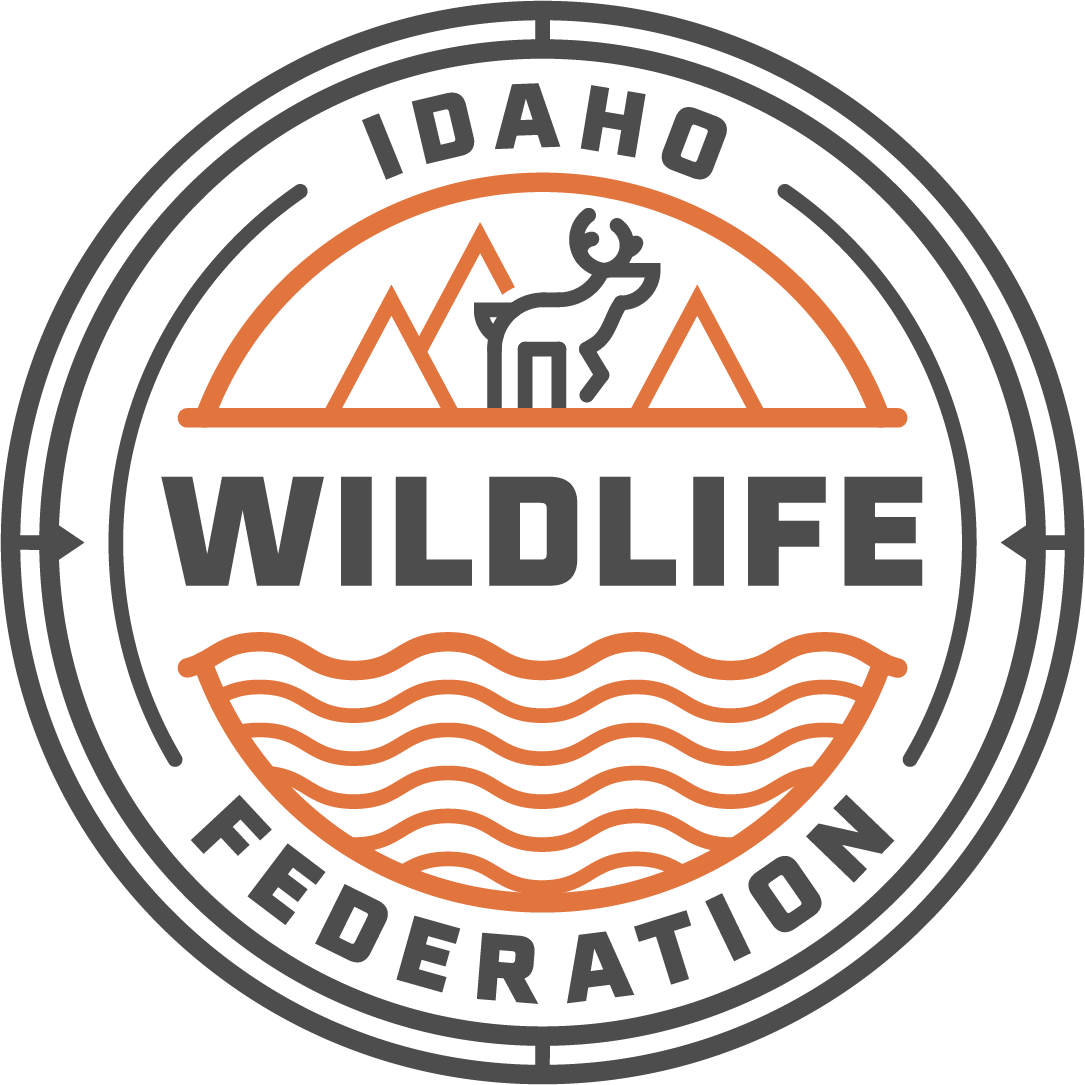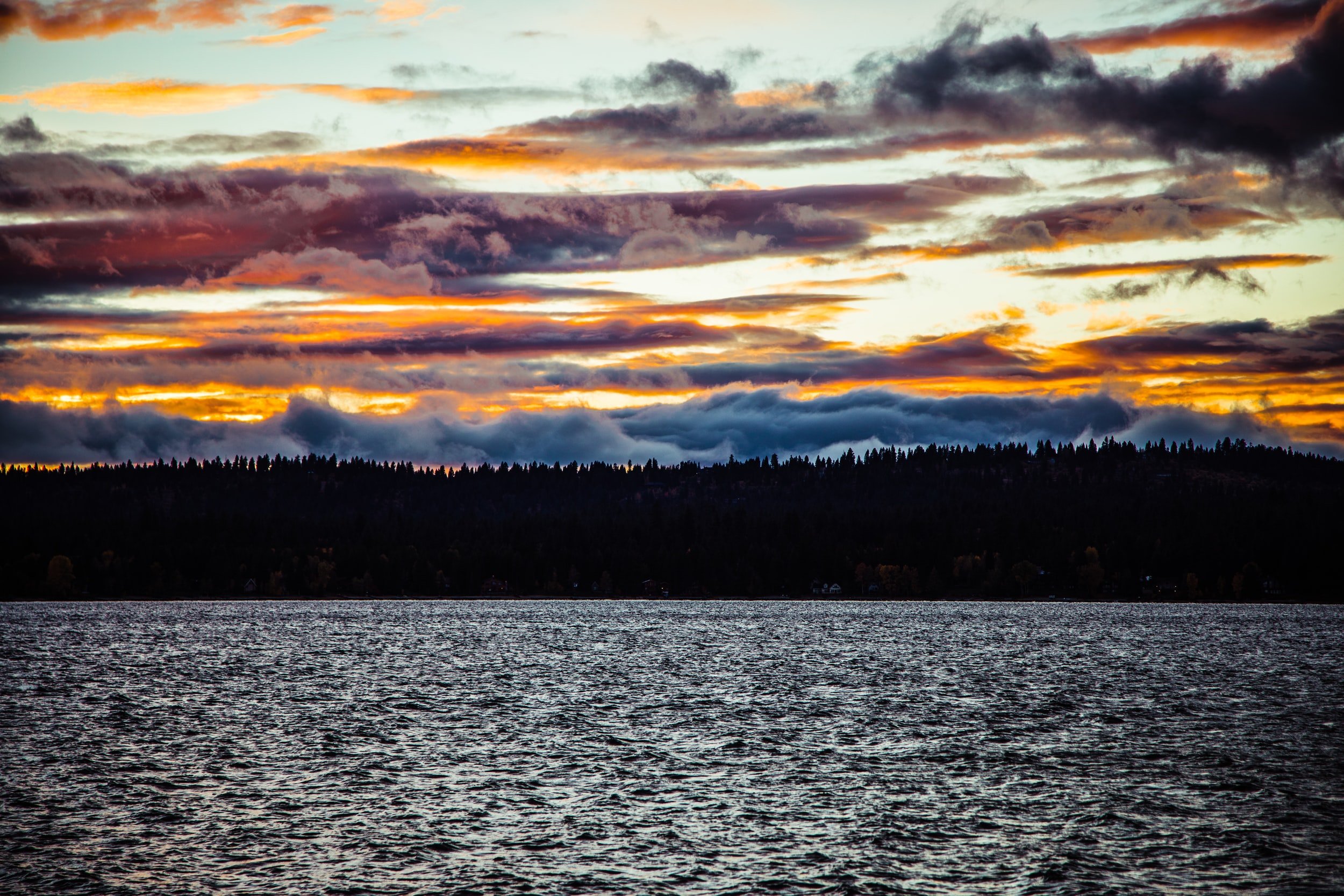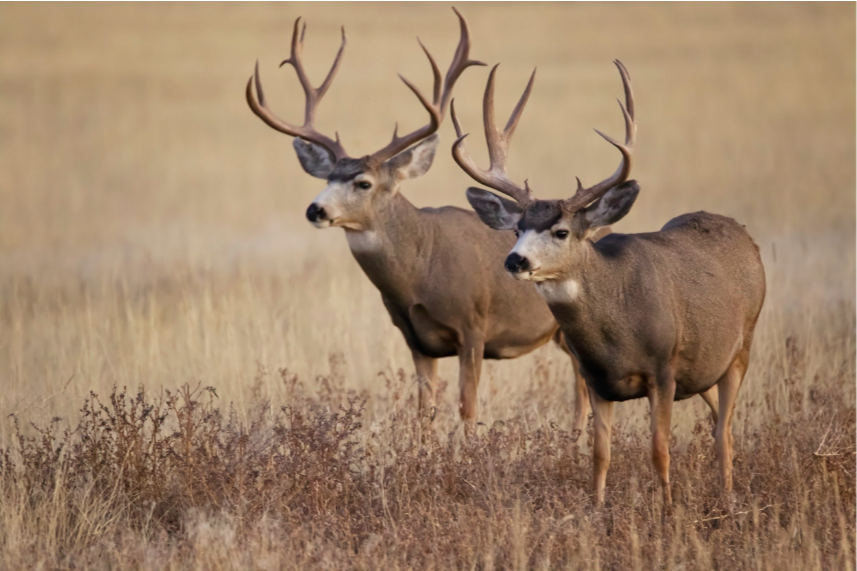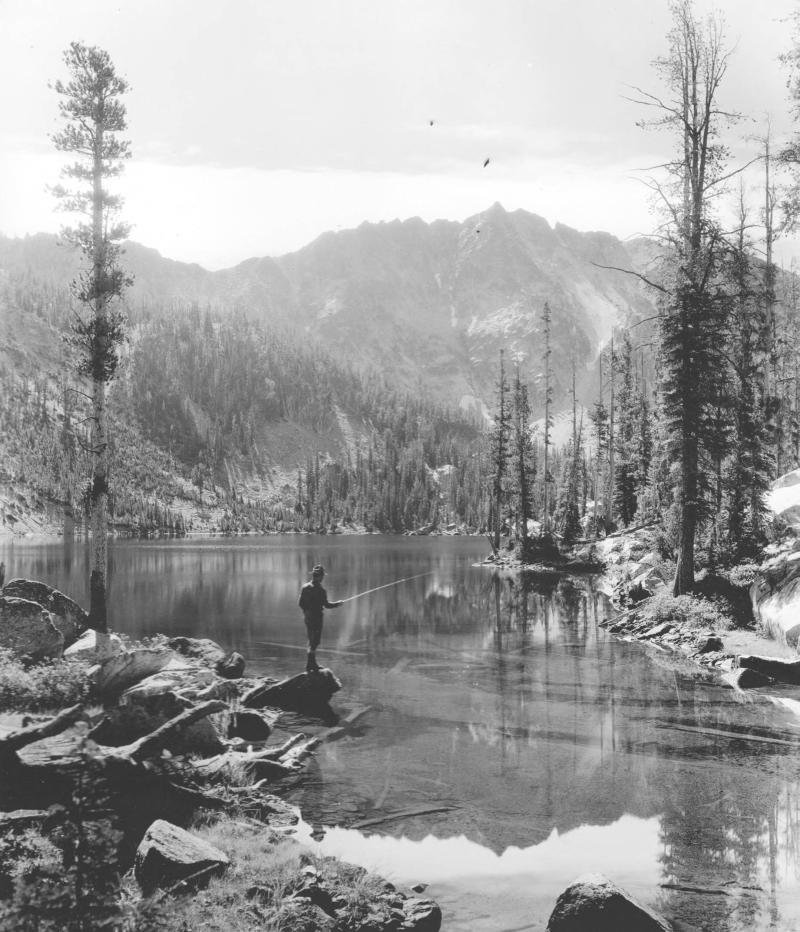The More Things Change....
IWF’s 2022 Outlook, Resolutions
By Brian Brooks, IWF Staff
While the winter storms pile up snow and we take stock of the remaining weekends to get out for bird hunting or transition to winter fishing opportunities, I and the IWF staff recognize the looming presence of another type of storm quickly approaching our offices here in the state’s capital.
As we stare down the proverbial barrel of the 2022 Idaho legislative session - beginning January 10th - it’s hard to say what is to come. Will this session be similar to last year’s marathon (the longest session in state history)? Will COVID-related issues take priority over public lands, wildlife populations & natural resource management? Will the pull of election-year rhetoric spur competition to prove who is the most anti-public land legislator? Only time will tell.
As you may have seen in our 2021: Year In Review, we were excited to pivot to offense last year, dramatically increasing our proactive campaigns for public lands, access and wildlife policy.
Of course, in this year’s session, defense will be necessary (and always will be), but in the new year - just like at the state house - IWF hopes to stay firmly in the driver's seat as we work with elected & appointed officials, private citizens and government agencies to create creative solutions to ongoing issues.
A resolution is defined as “the quality of being determined or resolute,” and with that, here’s a few of IWF’s 2022 New Year’s resolutions.
Chinook salmon. Photo: File
Creative and Progressive Solutions to Salmon/Steelhead:
As working partners in a number of state and regional coalitions and collaboratives, IWF has successfully elevated the issue nationally and this past October the campaign took a monumental step forward with three new developments. 1) A poll showed for the first time a majority of both Republican and Democrat voters in Washington (where the dams are located) support removal the lower Snake dams. 2) A holistic recovery solution was finally made bipartisan with Washington Governor Inslee and ranking Senator Murray committing to develop an action plan by July 31, 2022. 3) The Presidential Administration announced its commitment to charting a path toward ending the Columbia River Basin “salmon and dams” conflict. It’s an exciting time with potential for real solutions now with bipartisan, regionwide, and executive branch commitment.
In 2022 IWF will work to ensure the 29 recommendations generated by the Governor’s Salmon Workgroup are implemented. It is well known dams are not the only factor impacting our fish, but we also know without breach of the LSRDs any other solutions will not be sufficient for recovery. We look forward to continuing to be on the cutting edge of inventive solutions to return Idaho’s once iconic salmon and steelhead populations and working with Agriculture and energy partners.
Seal the Books on Payette Endowment Lands:
Payette Lake. Photo: File
IWF was integral in drafting United Payette’s proposal in 2021, which, if implemented, would permanently keep the Payette Lake endowment land landscape in public hands. Our proposal will enact a first-of-its-kind strategy for state land management and if successful will chart a new and replicable strategy for retaining high-value state lands across Idaho as open space for habitat, clean waters, and hunting, fishing, and other recreation. This year will be pivotal to build a foundation that will propel this multi-year effort towards success.
Mule deer. Photo: File
Encourage Responsible Management and Mitigation of CWD in Idaho:
CWD has unfortunately come to Idaho. There will be a substantial die-off and unfortunately the only defense we have against CWD is learning how to manage its impacts. Fortunately, IWF has successfully worked this year on proactive measures to fund mitigation efforts. The Idaho State Department of Agriculture governs domestic cervid operations. This year, through Idaho’s Negotiated Rulemaking process, IWF was able to substantially improve testing/monitoring regulations through that department. The final rules head to the 2022 legislature where we will work to ensure their passage. On the federal side, days after our CWD detection IWF briefed our congressional delegates on the issue and needed solutions. IWF looks forward to continuing to work with Idaho’s legislators in Washington DC in order to swiftly and appropriately mitigate the impact of CWD in Idaho.
Fishing in the Salmon-Challis National Forest. Photo: File
Procure A Healthy Future For the Salmon-Challis National Forest
From the remote Frank Church Wilderness to the vast sagebrush steppe of the Pashimeroi, Lemhi, and Big Lost Valleys, the Salmon-Challis region of central Idaho provides connections for people and wildlife. Emerging data collection has provided exciting new studies on animal movements in high quality habitat. Research indicates that “stopovers play a key role in the migration strategy of mule deer by allowing individuals to migrate in concert with plant phenology and maximize energy intake rather than speed. Conserving these migration routes will be vital in preserving big game herds. Values and use in the Salmon-Challis National Forest have changed since the current management plan was created in 1987
We have a unique opportunity to shape forest management for the next few decades that balances the many uses of the Forest.Public involvement, planning, and well-balanced regulations are critical to ensure the Salmon-Challis National Forest continues to be Idaho at its best. There will be an opportunity to voice your opinion and make wildlife management the top priority for the Salmon-Challis National Forest.
So, while 2022 is certain to bring unique and unprecedented challenges, we here at IWF remain committed to not only reacting, but going on the offensive to advocate for the conservation of Idaho’s fish and wildlife, habitat, and outdoor heritage.
In that way I suppose that the more things change, the more things stay the same.
Be sure to check out IWF’s weekly legislative recap videos with Executive Director Brian Brooks, each Friday afternoon beginning January 7th on social media or on IdahoWildlife.org.




